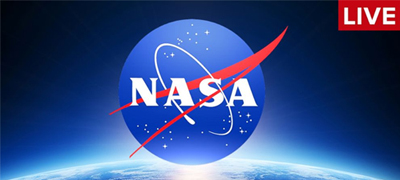
|
  
|
| 
2/3/2024
WT Staff

WEEKEND WATER REPORT
Flooding continues, change in water level almost imperceptible
Covington flooding
Water news for Sunday, February 4, 2024 - updated 126 pm CST
Remembering East Palestine, Ohio - Feb 3, 2023
As long as hazardous materials are in demand and in use for the products we need, common carriers will be required to move these goods through populated areas. How do the carriers manage risk of transporting hazardous materials? How is the track infrastructure maintained for safety? How do the transport laws, inspections and enforcement keep the population and the environment as safe as possible, preventing accidents? What is the safety record of the rail inftrastructure? Stay with us as we bring responses from the transport industry and those enforcing the RCRA Act. More to follow.
Join the discussion, what are your concerns about the transport of dangerous goods? Email info@wtga.us, your questions and comments may be in the next update.
Flood Update from USGS real-time streamflow monitoring stations around the eight watersheds of Louisiana
Bogue Falaya River breached flood stage Sunday morning just before 10 am at Boston St in Covington. As of this update, it appears the flow has peaked and is starting to recede, could be back in its channel already. More to follow.
One of the seven sites we have been tracking this week has stopped spilling over, that being Bayou Dorcheat in Region 1. Bayou Dorcheat subsided below flood stage near Minden around 4 am this morning, as anticipated. Bayou Dorcheat is still flooding near Springhill, Day 13, running 12.4 feet deep where flooding occurs at 11 ft. The flow trend is a steady decline, looking to be out of flood stage in another day or two.
Also in Region 1, Bayou Bodcau just keeps rising, the depth now being a full nine feet above flood stage and increasing.
Watershed Region 4 Sabine River sensors are signalling a receding pattern overnight, coming down 2 inches overnight on a steady decline trend near Ruliff.
East in Region 4, Calcasieu River rose higher Saturday, coming back down to where we left off at our last update Saturday. As of this update, the flow near Glenmora is looking similar to 24 hours ago, delaying the end of flooding that we thought may have been history by now.
Pearl River runs two and a half feet over flood stage, spilling close to 4000 cubic feet per second near Bogulsa. Downstream at Pearl River the flow level turned upward over night, the level is rising, more than two and a half feet over.
Check black tags on the map for flood levels, provisional data courtesy of the USGS streamflow sensors placed into LA rivers, bogues and bayous.
Drought Map from USGS 7-day average streamflows compared to historic averages
Louisiana drought map remains blank since last Sunday, Jan 28.
Note WaterToday reports day-to-day changes recorded by USGS streamflow monitors on rivers and tributaries located in Louisiana, along with monitors upstream in the Mississippi River basin: Ohio, Georgia and southwest New York state. USGS creates a drought map from 7-day average streamflow readings, by comparing the average with the historic weekly normal flow value for each location. The drought ratings are below normal, moderate hydrologic drought, severe drought and extreme drought.
USGS Provisional Data Statement
Data are provisional and subject to revision until they have been thoroughly reviewed and received final approval. Current condition data relayed by satellite or other telemetry are automatically screened to not display improbable values until they can be verified.
Provisional data may be inaccurate due to instrument malfunctions or physical changes at the measurement site. Subsequent review based on field inspections and measurements may result in significant revisions to the data.
Data users are cautioned to consider carefully the provisional nature of the information before using it for decisions that concern personal or public safety or the conduct of business that involves substantial monetary or operational consequences. Information concerning the accuracy and appropriate uses of these data or concerning other hydrologic data may be obtained from the USGS.
|
|
|
|
All rights reserved 2025 - WTLA - This material may not be reproduced in whole or in part and may not be distributed,
publicly performed, proxy cached or otherwise used, except with express permission.
|
| 



